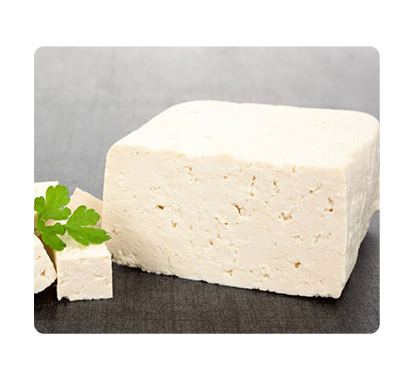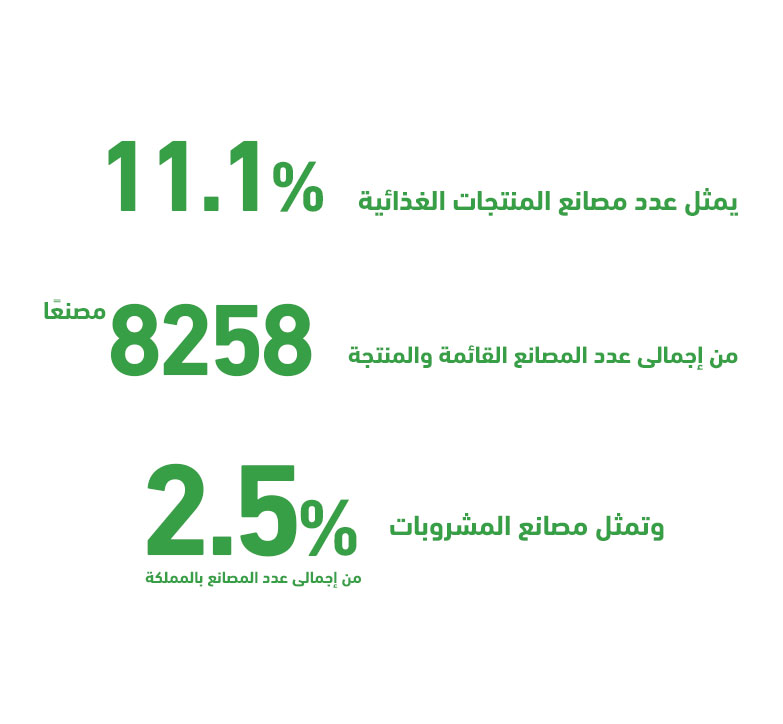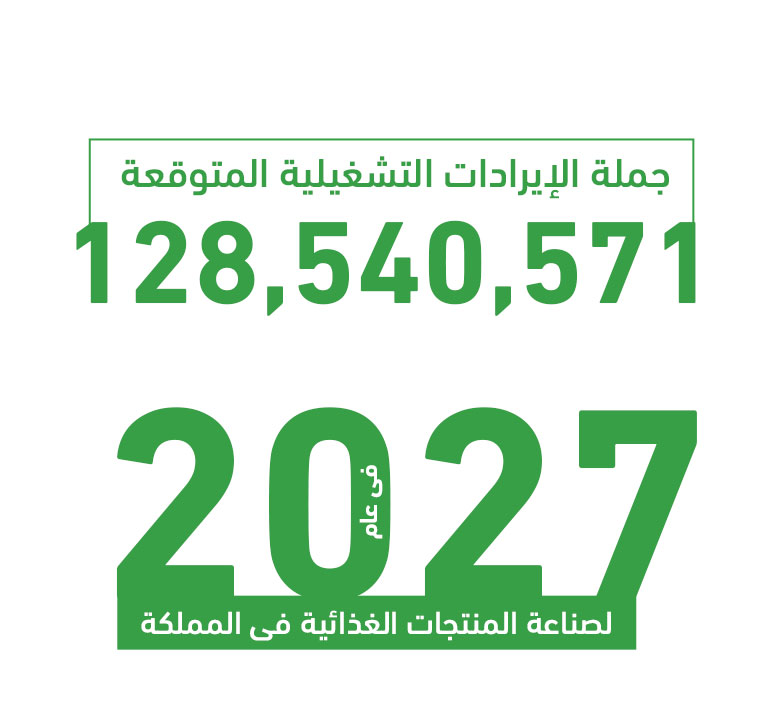Cheese factory feasibility study: It is a factory that manufactures different types of cheese such as (900g toffee cheese, 800g Tempy cheese, and 500ml soy milk).

Cheese factory feasibility study: It is a factory that manufactures different types of cheese such as (900 grams of toffee cheese, 800 grams of Tempy cheese, and 500 mm of soy milk< of cheese making requires the availability of the main raw material, which is milk, with a high degree of quality and purity, in addition to the availability of technical expertise. that cheese making is both a science and an art, and cheese contains all the contents of milk from fat and protein. of their availability in cheese is higher than the percentage of their availability in milk. Cheese is considered an important source of animal protein and a rich source of calcium and vitamins and an important <thermal energy necessary for the human body. by its high digestibility and absorption within of benefit from . t anything left behind. It is eaten. many sectors such as the restaurant sector, individuals, wholesalers, retailers, supermarkets and hypermarkets.



Executive Summary
Study of project services/products
Market size study.
Risk assessment study.
Technical study
Financial study.
Organizational and administrative study.

he GCC countries comprise 0.7% of the world’s population; however, they account for 3% of global spending on processed food and beverages, amounting to $102 billion out of a total of $3.4 trillion. This indicates a high per capita food consumption in the region, exceeding the global average.
This is not surprising upon closer examination, as the population of the GCC now exceeds 58 million, with approximately 56.3% of them falling within the 25–54 age group. This key demographic is the driving force behind the food industry market, as it is the most dynamic and youthful segment.
Since Saudi Arabia alone accounts for about 59.7% of the total GCC population and holds over 53% of the food and beverage market share, “Mashroo3k” has decided to present key indicators of this vital market in the Kingdom, based on the latest available statistics.
